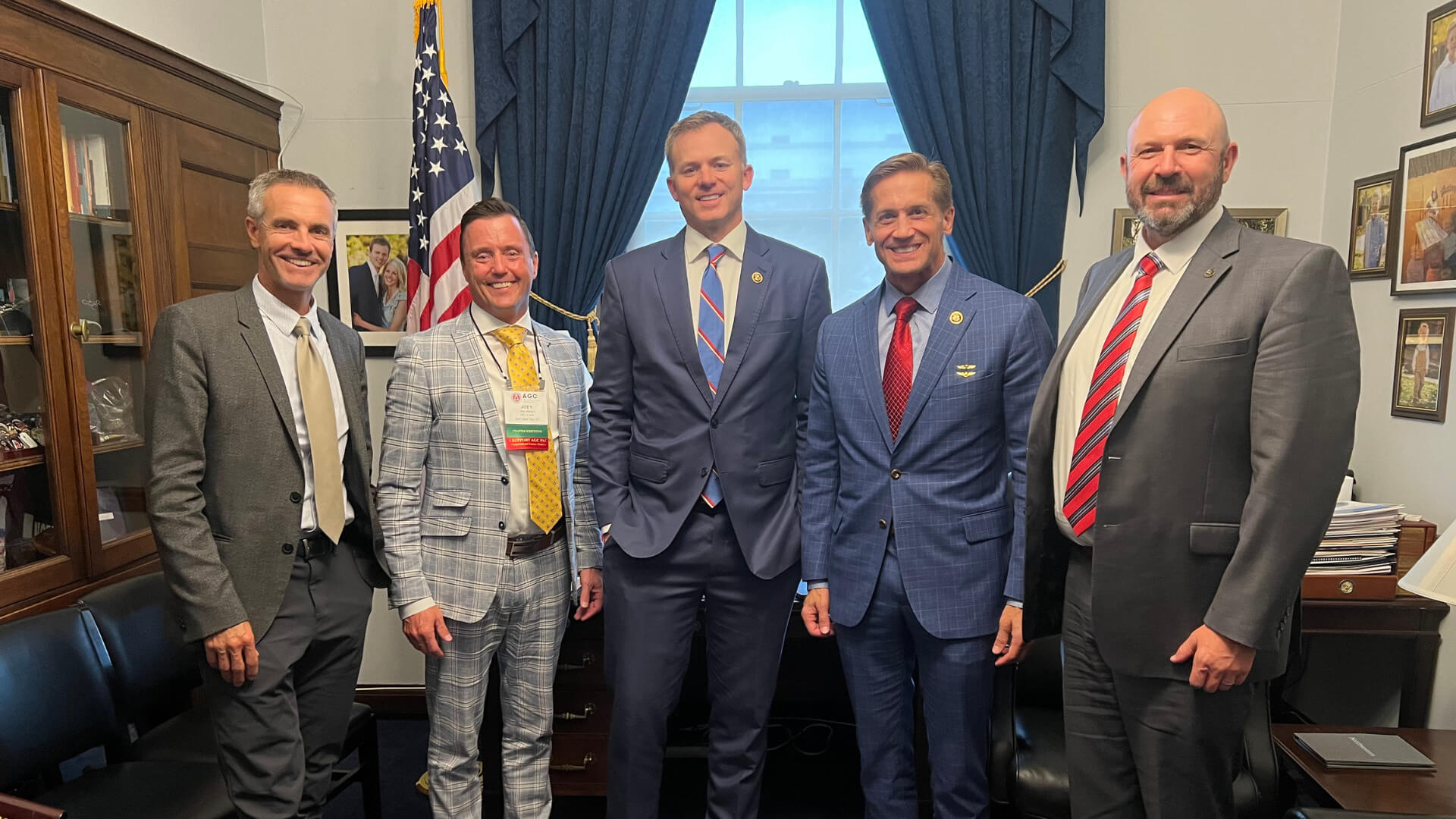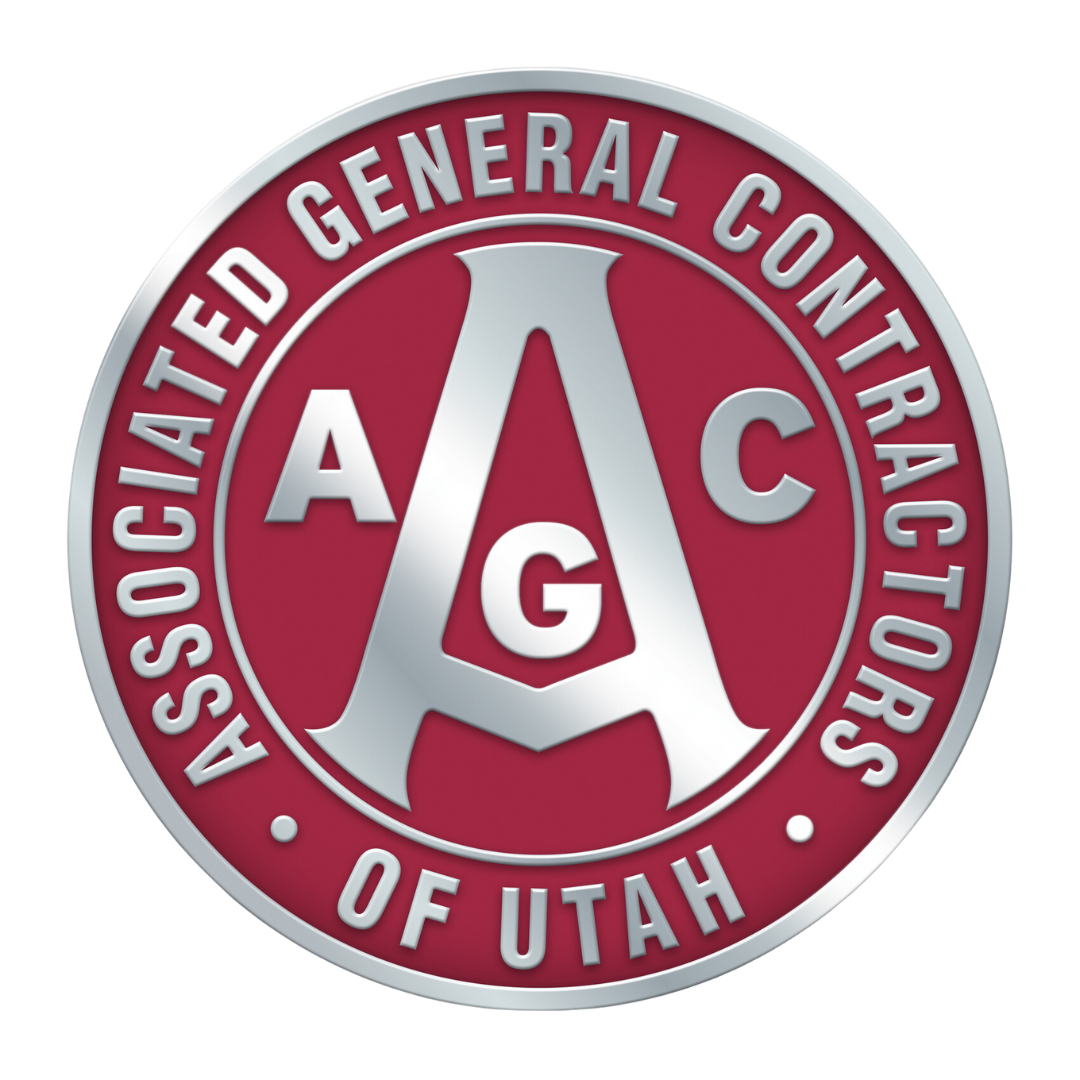Understanding the “One Big Beautiful Bill” and Its Impact on Utah Construction

The recently passed One Big Beautiful Bill Act (OBBBA) marks one of the most sweeping tax and workforce overhauls in recent memory. For Utah’s construction industry, the bill delivers a mix of opportunities and challenges. As your trusted advocate, AGC of Utah—working in close coordination with our national partner, AGC of America—has reviewed the details and is here to help you understand what comes next.
Key Wins for the Industry
At the top of the list are several long-term tax provisions that bring much-needed predictability to construction firms. The bill permanently extends individual tax rate reductions from the Tax Cuts and Jobs Act, ensuring that pass-through entities—like many small to mid-sized contractors—avoid looming tax hikes. Additionally, the estate tax exemption is locked in at $15 million and indexed to inflation, offering critical stability for family-owned firms navigating succession planning.
Major incentives for capital investment were also cemented. The 100% bonus depreciation provision is now permanent, allowing firms to fully deduct the cost of new and used equipment immediately—something that can significantly improve cash flow. Similarly, the Section 179 expensing limit for construction equipment has increased to $2.5 million with expanded phase-out thresholds. Combined, these changes are a green light for long-term investment in tools, machinery, and technology.
Construction firms that prioritize innovation also benefit: full expensing of research and development (R&D) costs—including tech like drones and BIM—is now a permanent feature of the tax code. For businesses organized as pass-throughs, the Qualified Business Income (QBI) deduction is also extended and increased, ensuring continued tax relief for partnerships, sole proprietors, and S-corporations.
There are notable workforce gains as well. Pell Grant eligibility is now expanded to include short-term training programs, helping contractors build talent pipelines through more accessible education and credentialing. Additional changes to multifamily construction tax treatment and $46 billion in infrastructure funding for border wall projects also add potential downstream benefits for firms engaged in housing, access roads, and logistics work.
Cautions and Trade-Offs
Despite its many upsides, the bill also includes provisions that may reduce incentives for energy-related construction. Tax credits for renewable energy manufacturing and upgrades to commercial or multifamily buildings are being phased out, as are credits for low-carbon construction materials. This could affect firms active in the green building space or working on federal energy-efficiency projects.
Also worth noting is the permanent extension of limits on excess business losses, which may affect firms with more volatile income across multi-year projects. Contractors should consult tax professionals to understand how this change may impact their long-term planning.
The bill also avoids imposing new fees on electric and hybrid vehicles for the Highway Trust Fund, which means continued uncertainty around transportation infrastructure funding—a key priority for many AGC members.
Looking Ahead
The One Big Beautiful Bill brings significant benefits to the construction sector—particularly around tax certainty, equipment investment, and workforce development. But its phase-outs in renewable energy incentives and some limitations on deductions require strategic planning.
As we work with our national partners at AGC of America to monitor federal implementation and provide technical guidance, AGC of Utah will continue to advocate for practical, pro-construction policy at the state level and keep members informed as further guidance becomes available.
If your firm has questions or would like to participate in our policy briefings on OBBBA, don’t hesitate to reach out. We’re here to ensure you stay informed and construction-ready.
